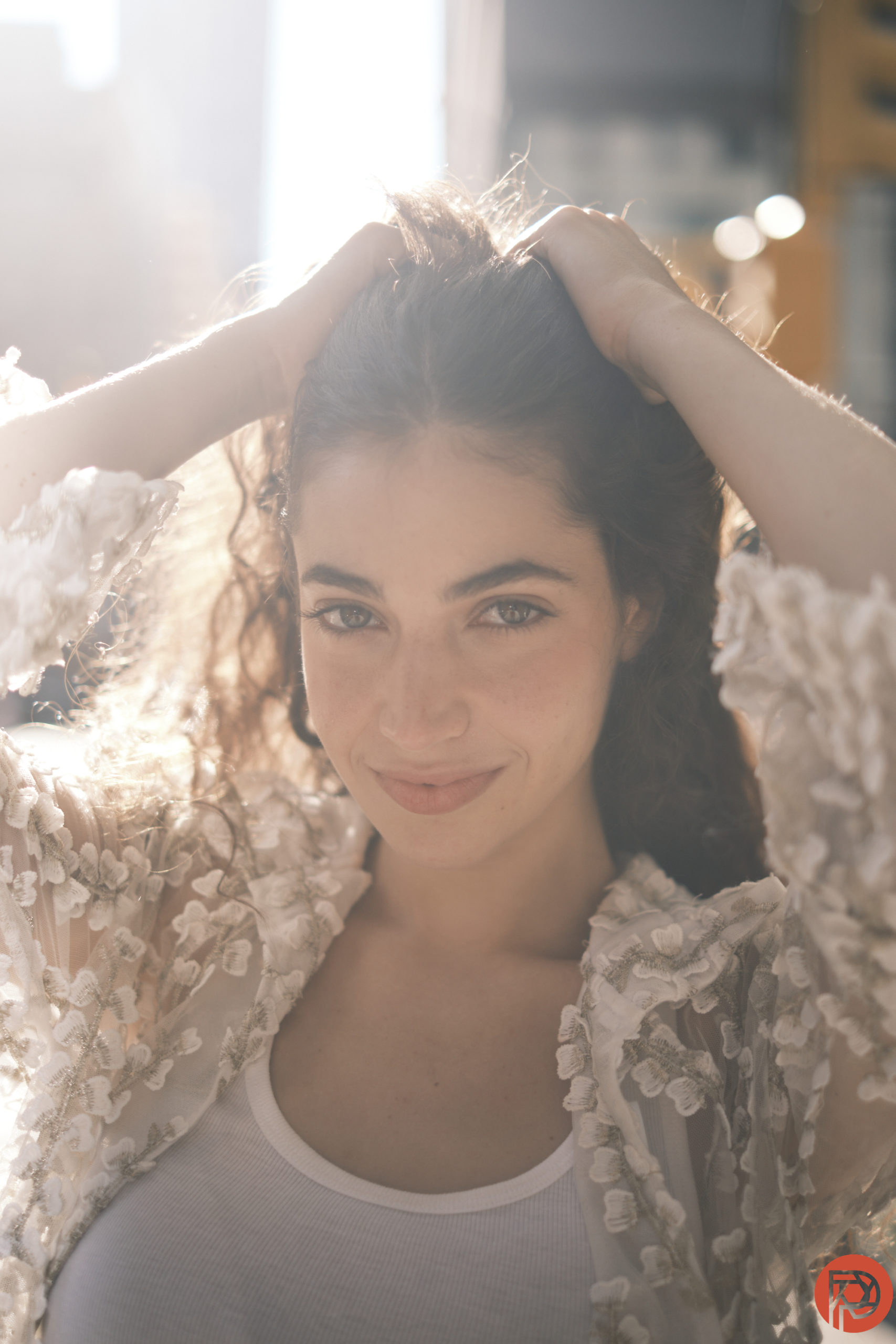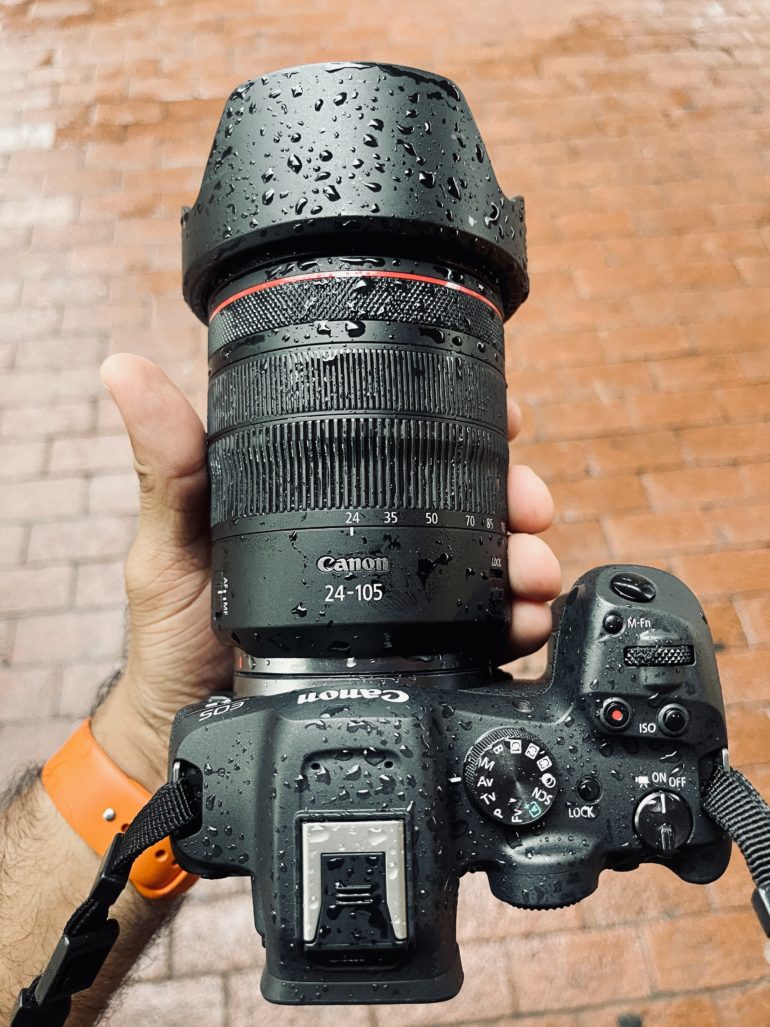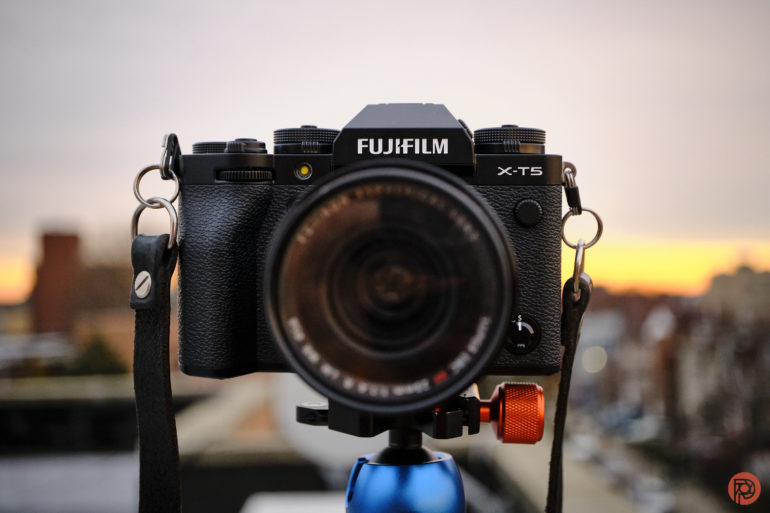
Portrait photography is an exciting genre that requires one to use the best tools to their abilities. However, many photographers prefer a full-frame camera for the genre, which can often lead to spending hours on the edit table correcting the pores. However, with an APS-C offering and the right lenses, you can get the desired results in no time. So, today, we look at a few cameras in the smaller format, which can truly help to get the best results, right in the camera.
Fujifilm XH2
The Fujifilm XH2 is a powerhouse, featuring a 40MP sensor, a max shutter speed of 1/180,000, and AI Autofocusing. It can also shoot 160MP photos with pixel-shift multi-shot mode, has in-body image stabilisation, and is also more weather resistant. The device is very quiet, has fantastic image quality, and the colors are quite spectacular, too. The battery life is decent, the camera works with older lenses, and you also get clean images at high ISO. As we said in our review, “The skin smoothing effect is present, and it can save people’s poor pores. The RAW files are pretty versatile, too.”
Canon EOS R7

A spectacular offering from Canon, the R7 is an APS-C camera that features a 32.5MP APS-C sensor with a 1.6x crop, a burst rate of 30fps, and in-body image stabilisation up to 7 stops. You also get fast autofocus, shutter comes down, the power is off, and in-camera panorama and multiple exposure shots. The device offers excellent image quality, weather resistance, and is extremely affordable. You also get great images at ISO as high as 12,800. As we said in our review, “The JPEG output from the Canon EOS R7 is very good. Honestly, it’s so good that if you know what you’re doing and you’re dialed in to the right settings, you don’t need to bother shooting in RAW.”
Fujifilm XT5

Another APS-C camera, the X-T5, features a 40MP X-Trans 5 BSI sensor, 425 AF points, and 5-axis image stabilisation. It also has a 6K/30p and 4K/60p video recording option. The device has a burst rate of 20fps, a 3-inch 1,084,000-dot LCD, and a 0.5-inch 3,690,000-dot EVF. Some of the things it excels at include detailed images, great color, and image stabilization. The battery life is good, and the weather sealing is also exceptional. As we said in our review, ” Mix the XT5 with a bright prime lens, and it’s a winning combination for portraits. The photos are sharp and detailed, yet Fujifilm’s lenses have a tendency to be less sterile than many modern optics.”
Canon EOS R50

The Canon R50 is an entry-level offering with a 24.2MP sensor, DIGIC X processor, and ISO up to 51,200. It can shoot 15 frames per second continuously, can record UHD 4K RAW at 30fps, and Full HD clips at 120 fps. You also get 651 AF points, 2.36m-dot EVF, and 3-inch, 1.62m-dot LCD. The camera is intelligent, has great subject detection, and is easy to use. You also get a customisable auto mode, a comfortable viewfinder, and a lightweight design. As we said, “JPEGs coming from the Canon EOS R50 have lots of contrast. The colors feel true to the scene but perhaps a bit deeper than the original. Photos are easily better than a $680 smartphone. The best photo quality, however, stems from well-lit scenes.”
We do hope these offerings were helpful to you. But if you are looking at other options, do give a look at our website,

